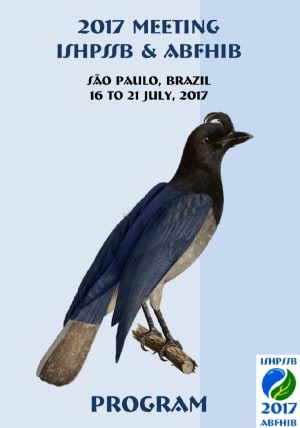
Modeling mammary organogenesis from biological first principles: The default state of cells and its physical constraints.
The typical approach for mathematical modeling in biology is to apply mathematical tools and concepts which originated from theoretical principles in physics and computer sciences. Instead, the authors propose to construct a mathematical model based on proper biological principles. Specifically, they use principles identified as fundamental for the elaboration of a theory of organisms, namely i) the default state of cells and ii) the principle of organization. Cells display agency, move and proliferate unless constrained. They exert mechanical forces that i) act on collagen fibers and ii) on other cells. When fibers organize, they constrain the cells on their ability to move and to proliferate. The model exhibits a circularity that can be interpreted in terms of a closure of constraints. Implementing the mathematical model shows that constraints to the default state are sufficient to explain ductal and acinar formation, and points to a target of future research.

